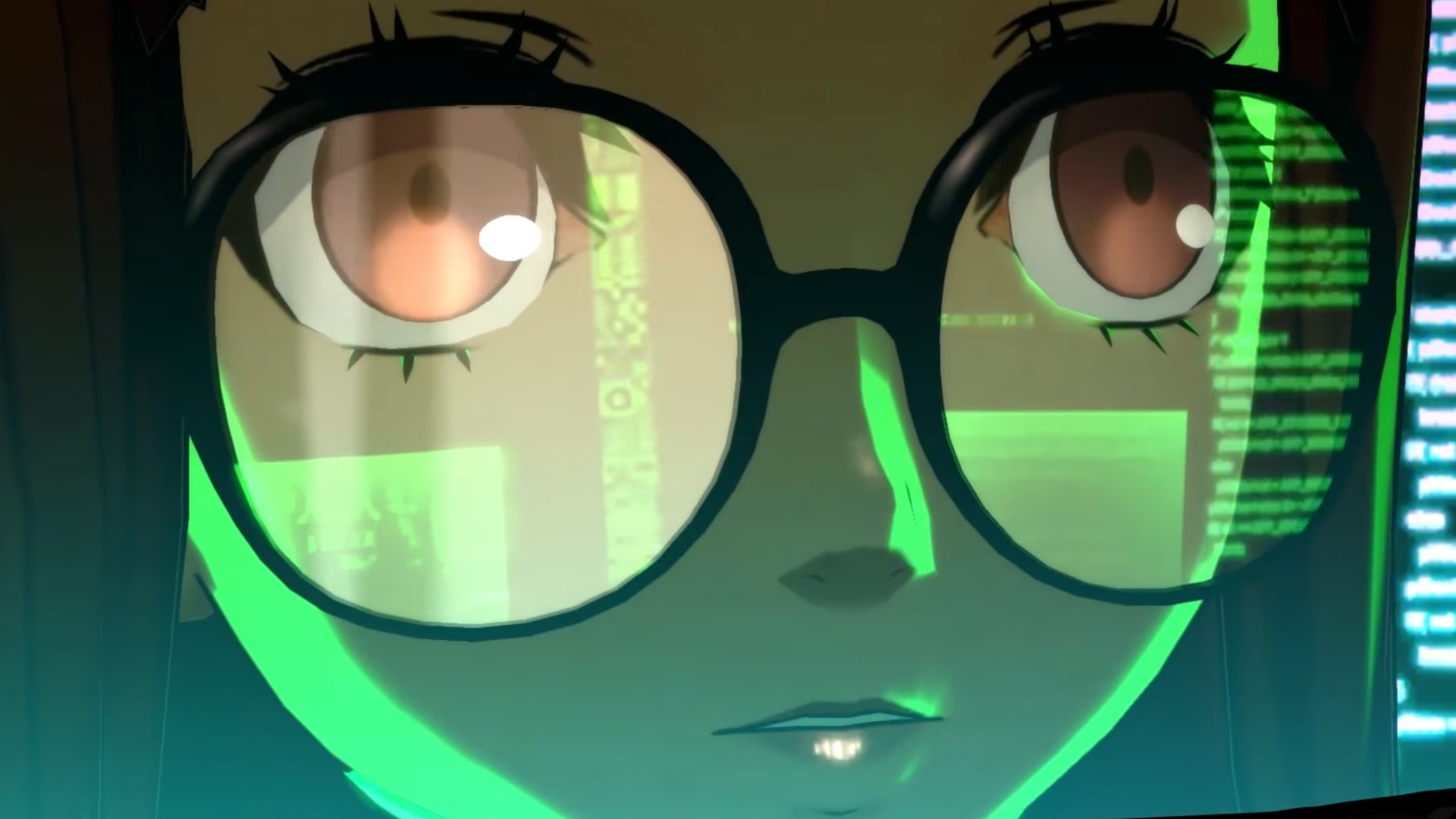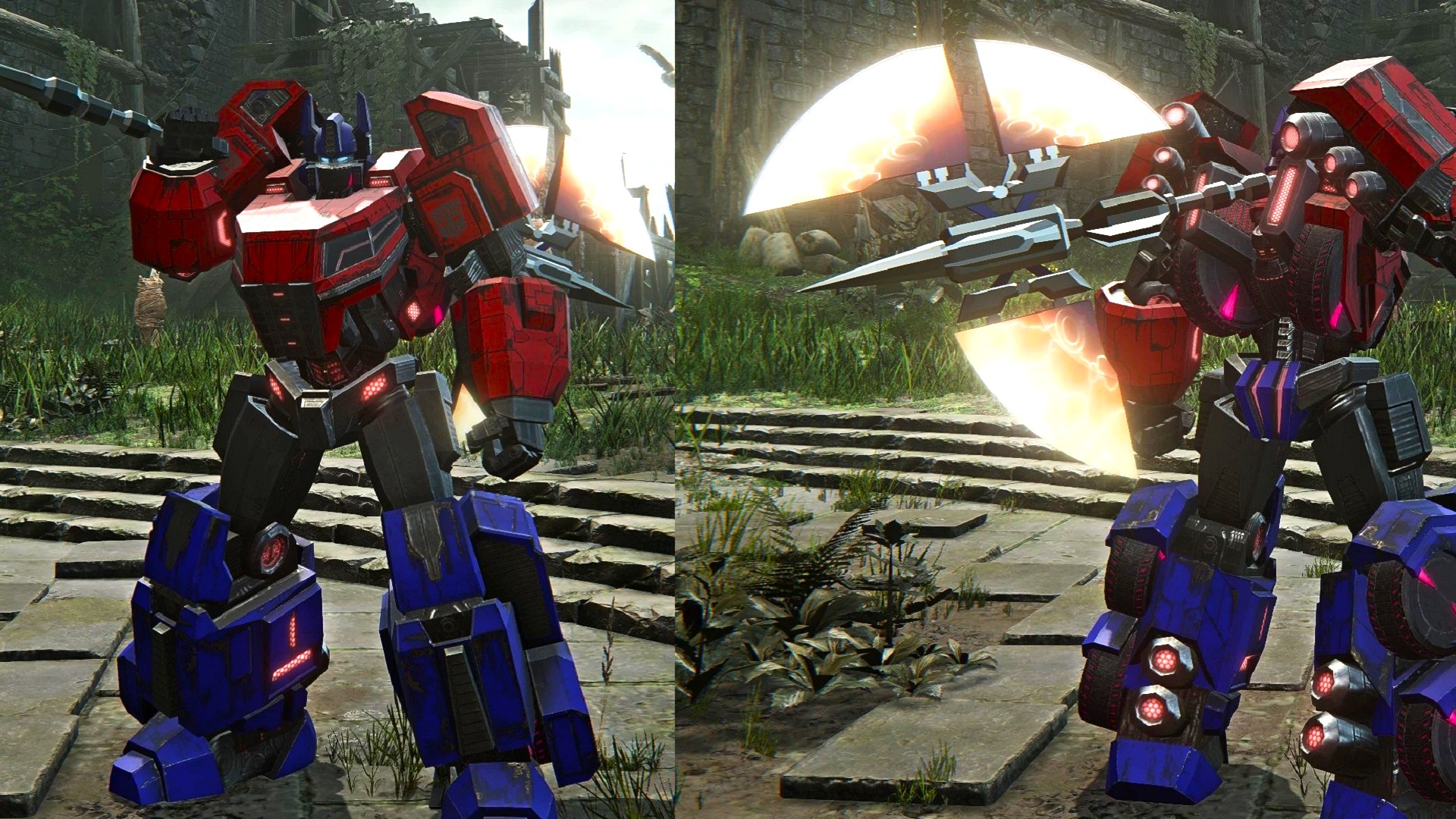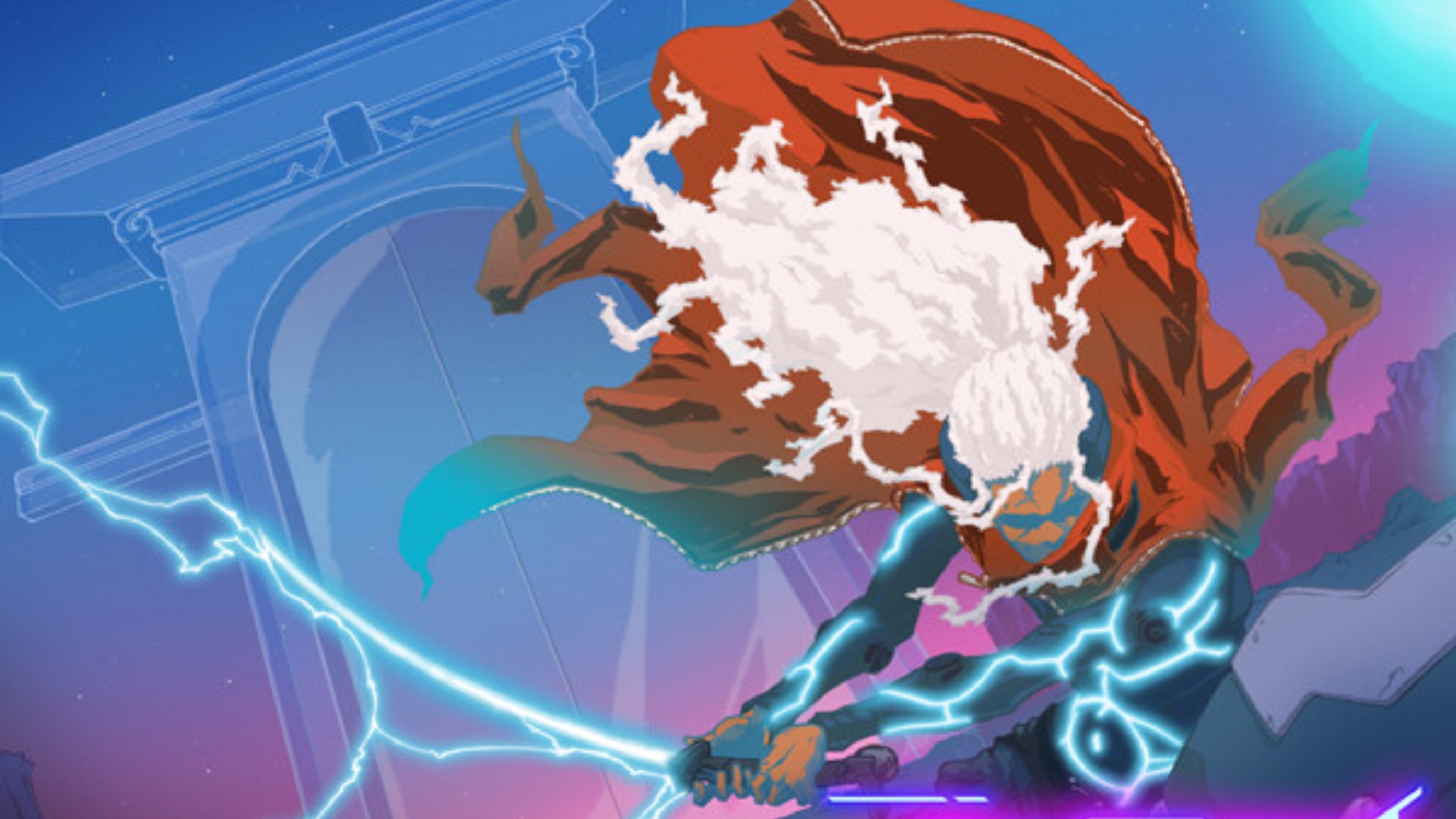
A new quest and Henry Cavill's armor are the highlights, but there are tons of little fixes and improvements, too.
2012: A year after CD Projekt Red released The Witcher 2, the studio followed with the Enhanced Edition, an enormous update with the patch notes to prove it. A 102 item changelog detailed everything from corrected item descriptions to “fixed reverb in sewers in Chapter 3,” on top of a lengthy list of more substantial additions: new quests, cinematics, and ending sequences. A fledgling CD Projekt had done the same thing with the first Witcher in 2008, and though I can’t find it online, I swear I once pored over a multi-page PDF describing every change made to that first adventure. I don’t know if any developer is more committed to documenting the minutia of changes to a massive game (other than Bay12 Games with Dwarf Fortress, which is in a league of its own).
“Even for Cyberpunk, this is something that hasn’t really changed,” says communications director Robert Malinowski. “We don’t abandon games. The Enhanced Edition of The Witcher was made for a reason, as well. It was a game that was good, but it could’ve been better.”
The Witcher 3, which I was playing as I talked to Malinowski about CD Projekt’s first RPG, was more than good. It was a masterpiece in 2015, and made better by a year of updates and expansions. It never officially got its Enhanced Edition, though, and I wish CD Projekt had used the name here, for old time’s sake. Because The Witcher 3’s next-gen update is much more than a sparkly coat of ray tracing.
Ray tracing may even be the last reason to care about this update. Outdoors, you’re unlikely to even notice it’s on, outside of the dramatic framerate hit it causes as in every other game; most of The Witcher 3’s outdoor lighting, including its breathtaking pink and orange sunsets, remains unchanged. On the PlayStation 5 version I previewed, ray tracing and 4K output definitely wasn’t worth the framerate trade-off of “Quality” mode, dropping the framerate to a stodgy 30 fps. I’m hopeful on PC that we won’t have to make that compromise, and with the right tweaks those with high-end hardware can have keep The Witcher 3’s framerate at a minimum 60 fps where it belongs.
I did spot a few realistic touches with ray tracing enabled, like the sun’s speckled reflection on the gray waters of Crookback Bog, but that’s it. Indoors, the ray traced lighting is more pronounced, with directional illumination coming in through windows. There are some ray tracing features that will only be available on PC, but I don’t expect those to be revelatory, either. This is clearly a game retrofitted for ray tracing rather than being designed with it in mind.
That’d be disappointing if the rest of the upgrades weren’t such natural, welcome improvements. There’s DLSS3 and AMD FSR support, which will be great for performance even without ray tracing. There’s a photo mode, though it’s not quite as detailed at Cyberpunk 2077’s. There’s a new quest that rewards you with Henry Cavill’s Geralt armor from the Netflix series (and it’s got a pretty cool bit of story, too). A newly nimble-fingered Geralt can now harvest herbs with a single click without opening up a loot menu. And CD Projekt has done a major bug fixing pass to fix issues that have lingered for years.
Henry’s black leather look comes to The Witcher 3 as reward for completing a new quest. (Image credit: CD Projekt Red)
The next-gen update includes full Chinese voice acting for the first time. (Image credit: CD Projekt Red)
Same for Korean VO. CDPR marked the new language support with some bonus gear. (Image credit: CD Projekt Red)
(Not pictured) A new menu toggle gives every Nilfgaardian the Netflix ballsack armor. Blessed. (Image credit: CD Projekt Red)
Some of them are deep cuts.
“If you remember, there was this ‘Slavic folk music stops’ meme where Geralt sees that the key to Yennefer’s room is described as a ‘common item,'” says longtime PR lead Radek Grabowski. “We actually fixed that, so now it’s a rare item. Once it launches, Reddit will be full of those tidbits people are going to dig out from the game.”
The Witcher 3: Enhanced-Edition-in-all-but-name also incorporates five mods, including the HD Reworked project, which has racked up more than 5.2 million downloads on Nexusmods over the years. People love their 4K textures. Another polishes monster textures; another fixes little visual issues like clipping but also rebalances some abilities, and was actually created by a Witcher 3 developer in his spare time.
I was surprised that CD Projekt Red didn’t opt to take on upgrades like 4K textures internally—surely the original assets were higher quality than that, right?—but Malinowski had a simple explanation. “You know, when work is good, work is good.”
“The way we work with the community, if the community creates something awesome, why not embrace it and have it in the game?” Grabowski said. “I can say that the modders were excited to have their work featured in the version you can get from GOG and Steam and whatnot.”
Other small changes reflect the years of hindsight CD Projekt’s designers have on the game. My favorite touch is that most of the map icons (that daunting sea of question marks) are now disabled by default; the HUD can autohide to give you a cleaner view of the Toussaint countryside, which remains breathtaking. On controllers, a quick cast feature lets you toss out an axii or igni without using the radial menu. A new default camera option pulls in closer to Geralt, feeling subtly more God of War and less 2000s PC RPG. (Don’t worry, 2000s PC RPG lovers: you can easily change it back).
These changes have been a long time coming; CD Projekt announced it in September 2020, three months before Cyberpunk 2077 arrived, and… well, you probably know the rest. This update has had its own development troubles: It was delayed from 2021 to 2022, and in external partner Saber Interactive’s hands until earlier this year when CDPR took it in-house. But the result seems worth the wait—it helps to have one of the finest games of the decade to work from as a base, I guess.
I wondered if there was any temptation to plant seeds in The Witcher 3 that would blossom in the upcoming Witcher games, but Malisowski said that’s just too far away—and not what this update is about. “A lot of time will pass before something happens,” he said. It would be unfair to even hint at something here.”
“You know, we try not to announce before we’re ready to announce,” he added with a laugh. “We are pretty self-aware in that way.”





